Community, coverage helps heal farm family after tornado
The Millers lost their house and barn to a tornado. The community and Nationwide have helped them begin to bounce back.
Read MoreGary Mescher and other farmers have not only learned, but implemented Nutrient Management Plan practices that now serve as models for how to manage agricultural runoff in the Western Lake Erie Basin.
Gary Mescher’s family has been farming in some capacity in Maria Stein since before the Civil War.
The Mercer County Farm Bureau board member and his family have raised livestock for decades and have 600 acres of row crops in a roughly six-mile radius around the homestead.
“I farm with my brother, my son and my nephew,” Mescher said. “We raise wheat, corn and beans. My son has a steer operation, and my brother’s raising heifers, and my nephew is starting baby calves.”
Dairy was part of the overall operation until about five years ago on the original Mescher farm, which dates back to 1848. Today, livestock is at the heart of the family business, but in 2010 that business was in serious jeopardy.
Much like the water quality challenges being seen in the Western Lake Erie Basin, Grand Lake St. Marys, located in Mercer County, has historically been prone to algal blooms. A major bloom in 2010 led to the shallow, man-made lake being shut down, and a year later its watershed was deemed a watershed in distress.
“Mercer County has historically been No. 1 in Ohio in agriculture receipts, and that is predominantly due to the livestock,” said Theresa Dirksen, Mercer County director of agriculture & natural resources and Mercer SWCD district engineer. “It has been calculated that 90% of Grand Lake St. Marys watershed acres are fertilized with manure, and farmers were hit hard when the lake was at its worst.”
With that worst case scenario, the Mescher family’s way of life and right to farm was weighing in the balance.
“It got to the point where (I realized) I’m going to have to do something or not have livestock,” he said.
Being recognized by the state as a group that could be most impactful to improving water quality in the watershed, livestock farmers were assigned with creating Comprehensive Nutrient Management Plans that took into account the method, amount, form, placement, cropping system and timing of all nutrient applications. They also were given rules for when they could apply nutrients, such as the date, weather forecasts and ground conditions.
At the same time, local Soil and Water Conservation Districts worked with farmers to conduct soil sampling and incorporate cover crops on additional acres, as well as construct wetlands and complete stream restoration projects.
“I used to go to the manure management meetings religiously.” Mescher said. “ I never missed any of them.”
He and other farmers not only learned, but implemented NMP practices that now serve as models for how to manage agricultural runoff in the Western Lake Erie Basin. One example is specific to manure management.
“We changed the way we haul manure. The manure spreader obviously puts a lot more miles on than it used to,” Mescher said. “We’re not hauling manure over frozen ground, we’re hauling manure further away, putting it in where it’s needed instead of where it’s easiest to get rid of.”
Being intentional about where and when to incorporate nutrients isn’t just good for the watershed, it’s good for the bottom line.
“One thing that the farmers need to remember is that you don’t want any of your nutrients running away,” he said. “You’re either paying for the nutrients you have or you have to pay to get them back. We’re looking at that with phosphorus right now. If we have too much phosphorus getting away, (regulators) will start limiting how much phosphorus we’re allowed to use, and that can be detrimental. We don’t want to pay for any more fertilizer than we absolutely have to. It’s expensive. Everybody knows you can’t afford to waste it. But if we have it leaching away and we start getting restricted, we won’t be allowed to use it no matter what the cost.”
The practices implemented by farmers in the region have made an impact, according to new research highlighted in Ohio Farm Bureau’s most recent Water Quality Status Report, released in July. In the years since the local lake was in distress, Mescher and his family have not only survived, but thrived as livestock farmers. At the same time, Grand Lake St. Marys has come back from the brink.
“We are seeing a reduction in total phosphorus load,” said Wright State University Lake Campus Biology Professor Dr. Stephen Jacquemin. “When you look at the earliest period of data, before the distressed watershed designation and before everybody worked together on water quality goals, and you compare that to the most recent three to four years, it’s amazing. You’ve got close to a 50% drop in load.”
That’s good news, and Mescher credits Farm Bureau with working to keep farmers farming in the area for the last several years.
“I would like to credit Farm Bureau for their involvement with all of these water initiatives, with H2Ohio, their input on EQIP (the USDA’s Natural Resource Conservation Service’s Environmental Quality Incentives Program), and even working with Soil & Water (Conservation Districts) on all of these situations. Farm Bureau has been very (instrumental) through all of it,” he said.
That’s not surprising, because farmers are stewards of the land, Mescher said.
“We only take care of the land for a little while,” he said. “We talk about ownership, but it’s only ours for a little while. We don’t last forever.”
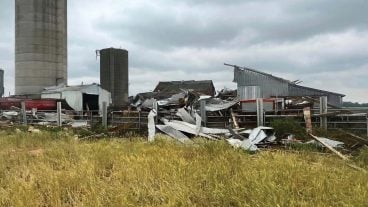
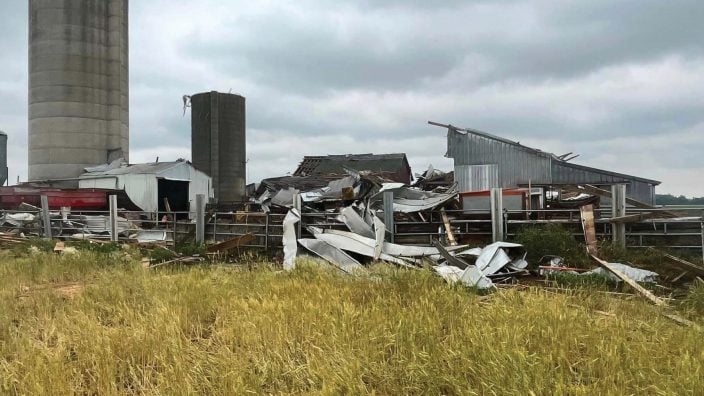
The Millers lost their house and barn to a tornado. The community and Nationwide have helped them begin to bounce back.
Read More

Farm Bureau members can share a current electric or natural gas bill with Energy Program partner Community Energy Advisors for a free analysis.
Read More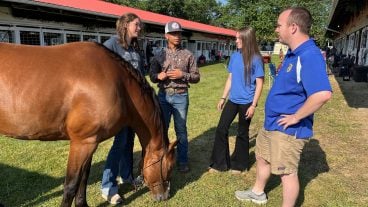
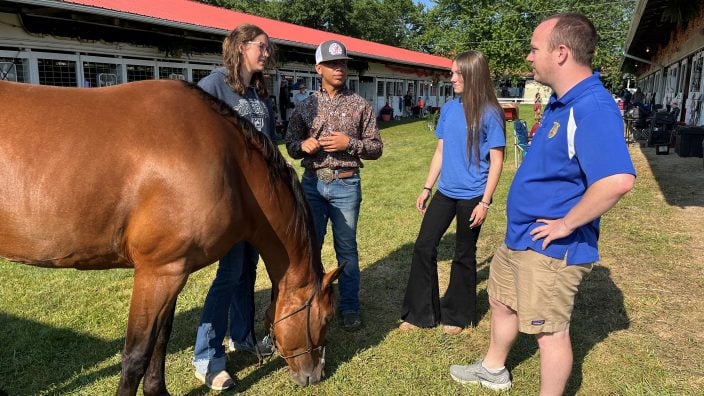
Jeffrey Stimmell’s motto: Ag classes can not only be relevant but fun.
Read More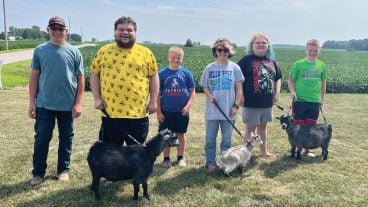
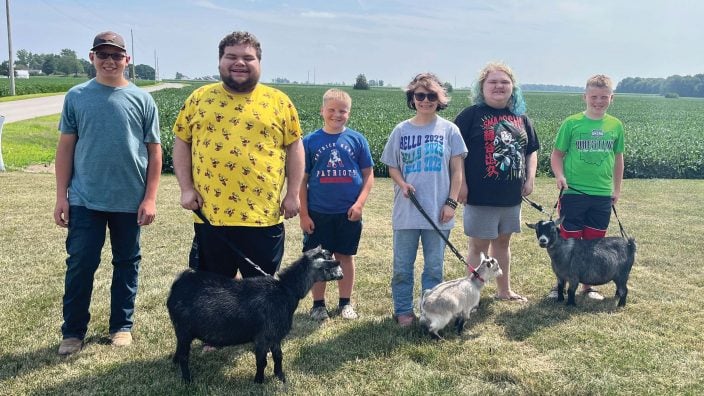
Shine in the Show Ring was an opportunity for children and adults alike with special needs to team up with 4-H mentors to show the species of their choice during a special live show with professional judges.
Read More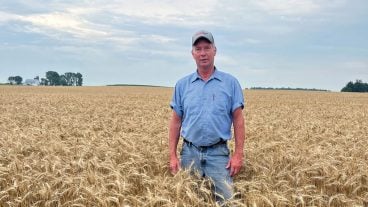
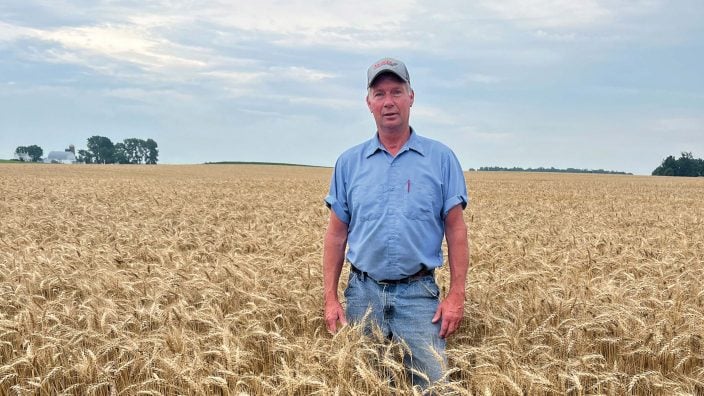
Gary Mescher and other farmers have not only learned, but implemented Nutrient Management Plan practices that now serve as models for how to manage agricultural runoff in the Western Lake Erie Basin.
Read More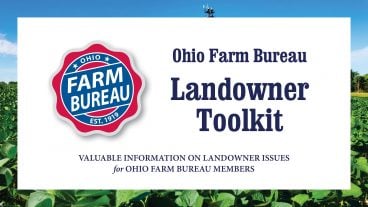
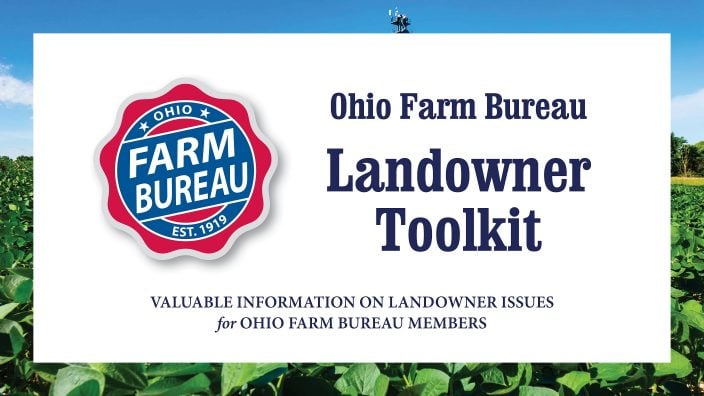
The newly updated Landowner Toolkit was built to give our members the knowledge and tools necessary to manage their land responsibly and productively.
Read More

Ransomware is one type of attack that can prove particularly costly — but there are ways you can help prevent ransomware attacks.
Read More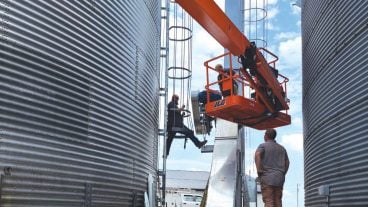
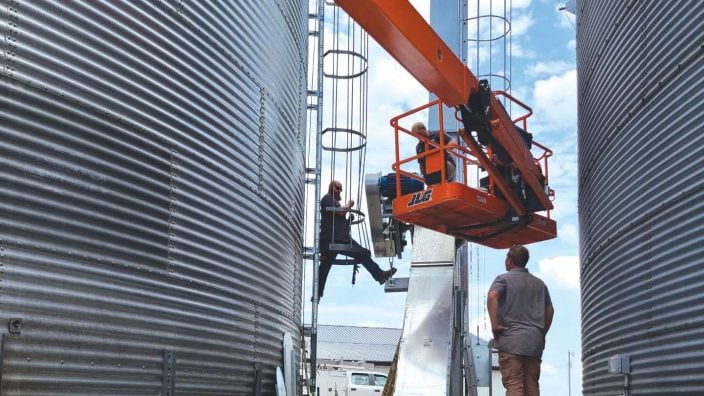
The OFB Health Benefits Plan offers potential savings for Ohio farmers and small businesses with 1-50 employees.
Read More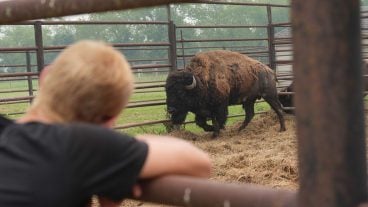
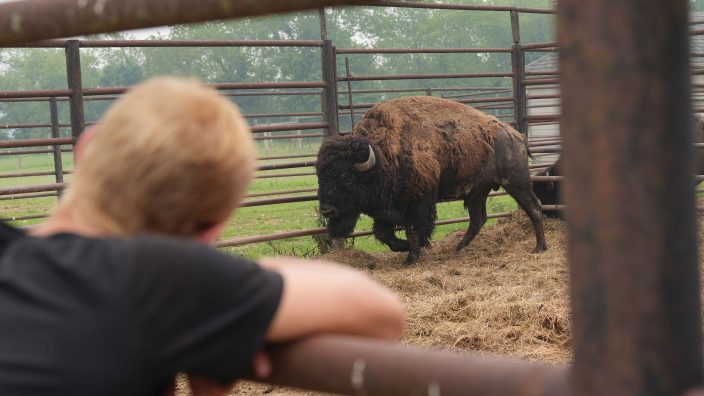
The Youth Pathways Grant for Careers in Agriculture is accepting applications through Oct. 31, 2023.
Read More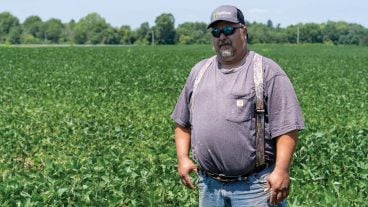
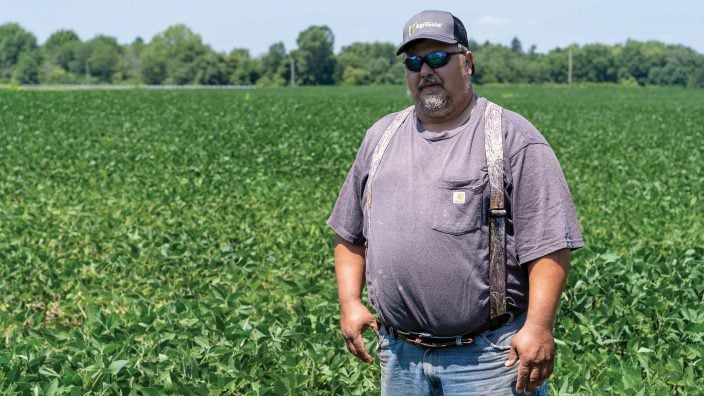
Under HB 397, notice must be given by Sept. 1 to terminate a farm lease, and the lease will terminate at the conclusion of harvest or Dec. 31, whichever comes first.
Read More